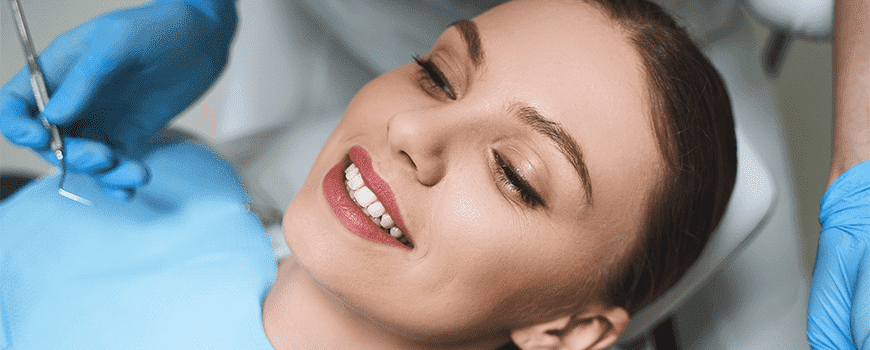Color Change and Treatment of Teeth
Salih ÖNDER2022-09-05T14:25:25+03:00Color change in teeth, coloration that occurs in all colors in young people, may be more brown, gray or black in adults. Protective methods may be preferred in the treatment of this type of discoloration. Leaving the habits, brushing regularly, the dentist’s controlled removal of plaque and tartar in the dental hospital environment, Ultrasonic cleaning devices can give very good results in treatment. In addition, removal of discolorations with the help of some methods (eg, microabrasion system, abrasive discs) are alternative treatment options.
The causes of color changes in the teeth are diverse.
Extrinsic Colorings:
These are the discolorations that occur due to localized factors on the outer surface of the tooth. This type of coloration is very common and may be due to several factors:
- Remains of a dental structure
- poor oral hygiene
- dietary habits
- Plaque and calculus accumulation
- Bacteria and fungi
- Smoking, tobacco, pipe use
- Use of tea and coffee
Intrinsic Colorings:
It is the coloration that occurs in the formation of teeth (odontogenesis) and in the process after their formation (after odontogenesis).
Physiological (age-related) discolorations: As age progresses, the apposition of the dentin that occurs in the tooth structure and the decrease in the fluid exchange between the calcified tooth tissues and the pulp of the tooth affect the light permeability of the dentin and enamel in the tooth and cause the teeth to appear darker.
Chemical discolorations: As a result of direct contact of metals, oxidation or precipitation in blood and saliva, discoloration can be seen in tooth structures. In such changes, the color can vary from gray to black.
Colorations due to caries: It gives a carious, white, opaque or gray appearance. Gray, brown, or black discolorations appear in the cavity as a result of the accumulation of nutrients and bacterial degradation products. If the caries is cleaned and repaired, it disappears completely.
Colorations due to local causes: There may be bleeding in the pulp chamber, fragmentation of pulp tissue, drugs used in root canal treatment and substances used in repair, and some other unknown conditions.
Fatih Hospital
Chief Physician Dt. Ayça TENLI KURT

